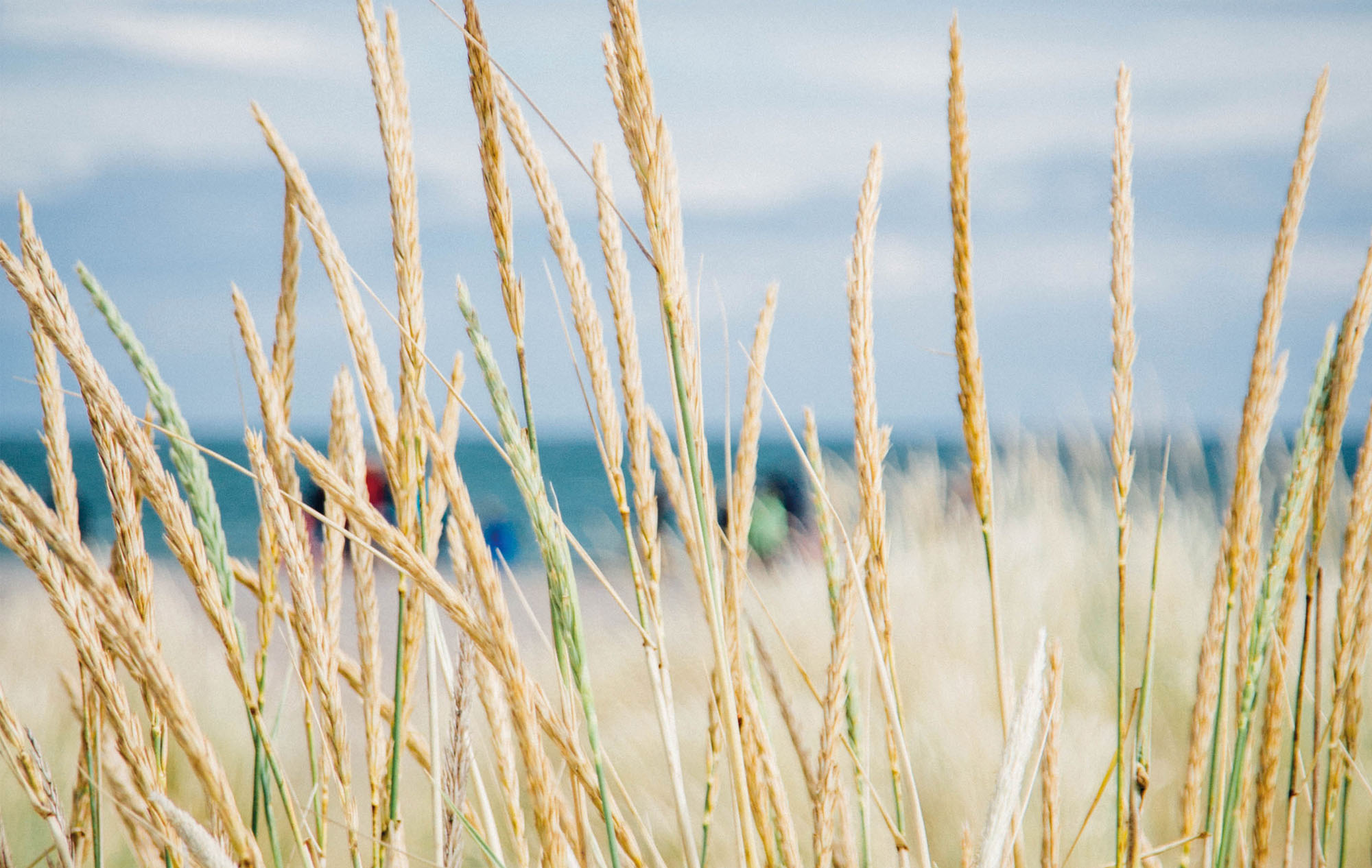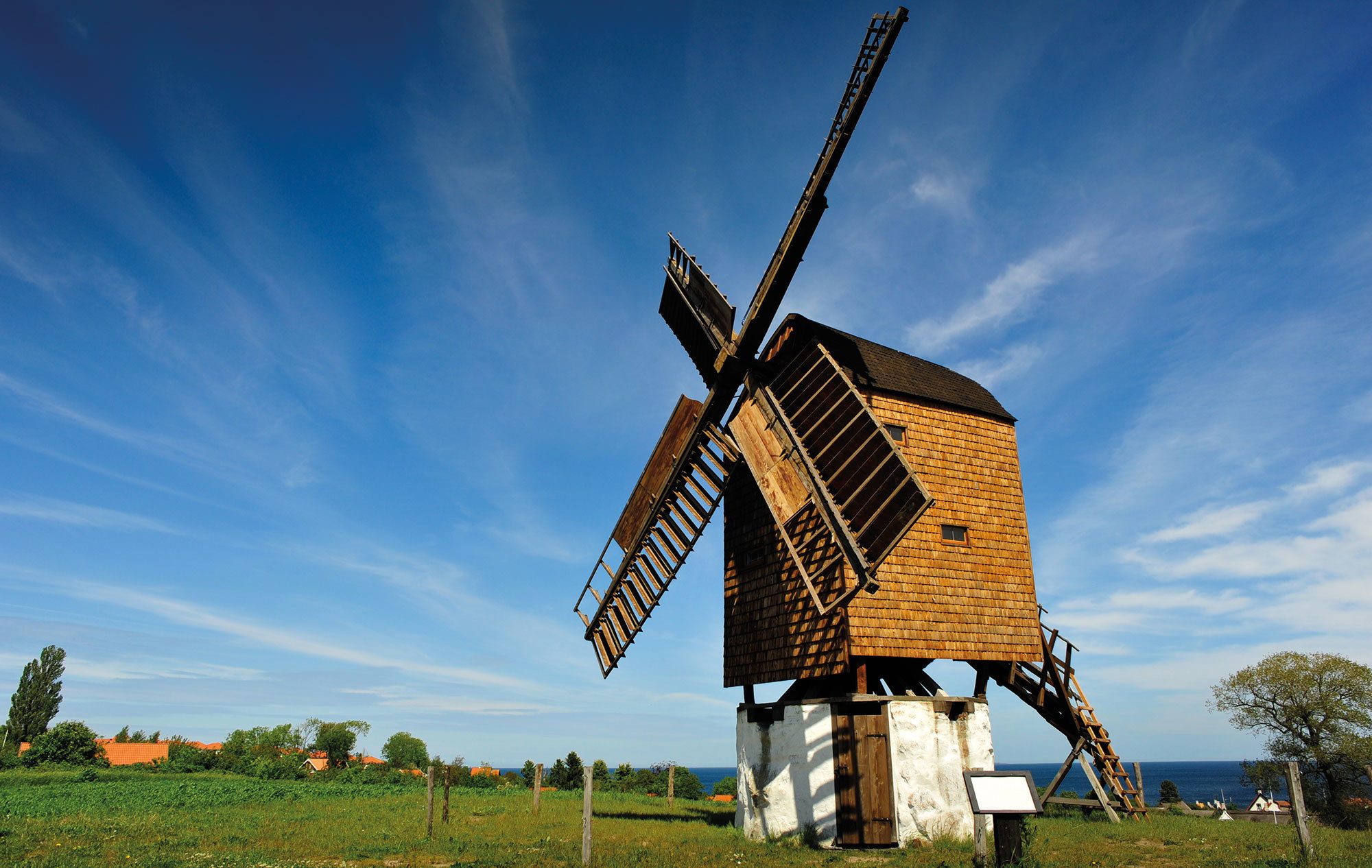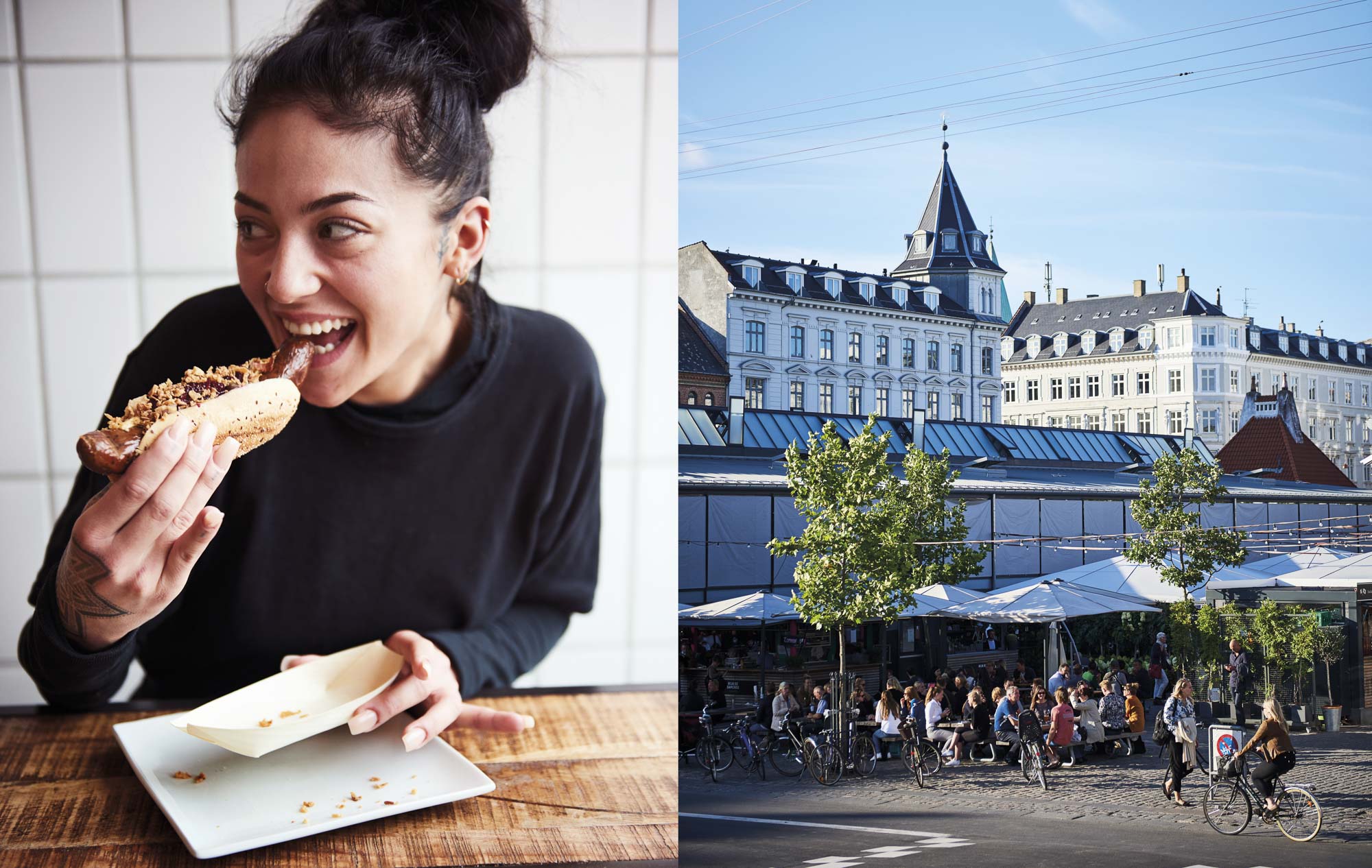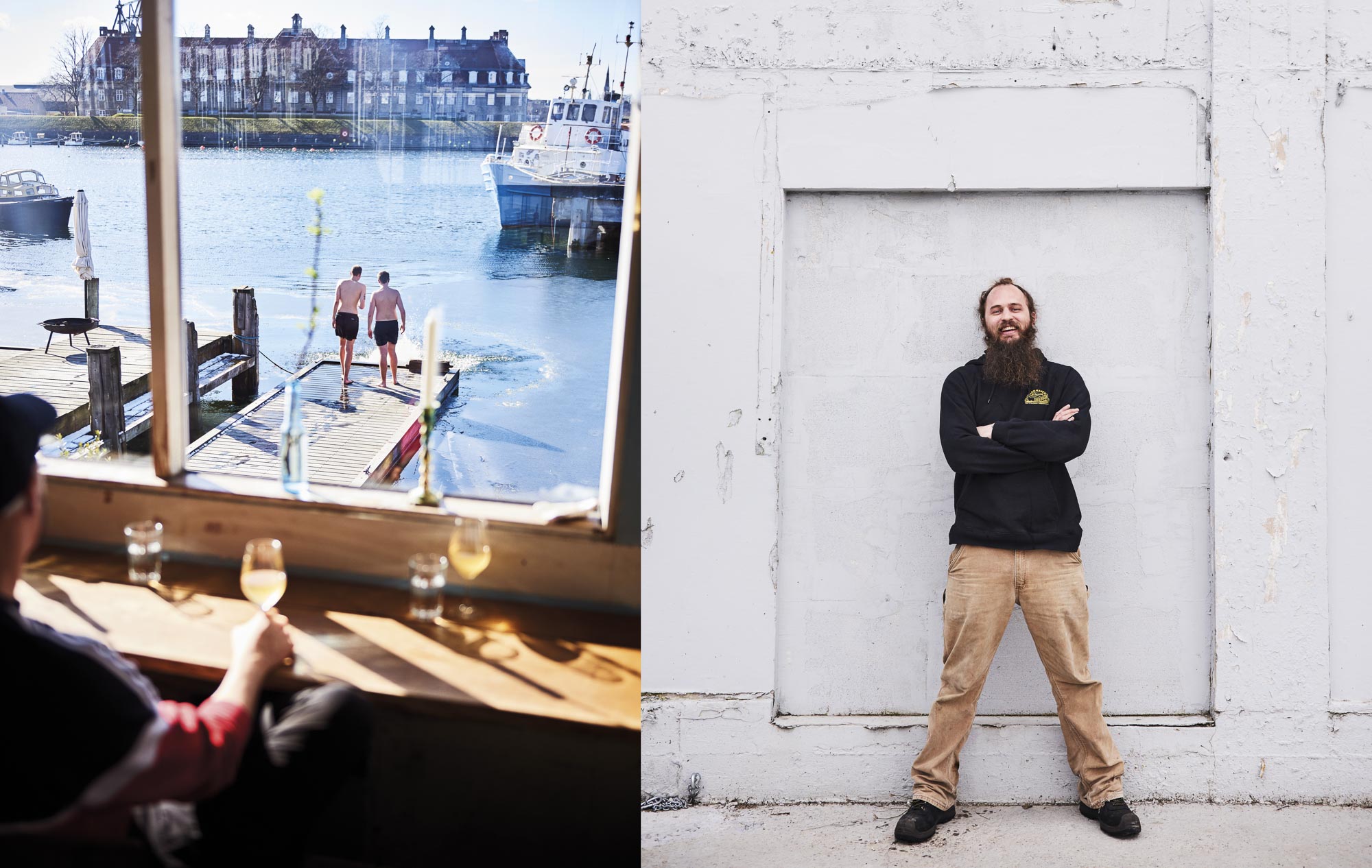
Discovery is predicting that three trends will dominate travel in 2018: the renaissance of northern Europe; the rise of Asian heritage projects; and an increasingly sophisticated health and wellness tourism industry.
In the first trend we highlight Denmark’s appeal as part of the northern Europe trend. Click here for that broader article.
The North. Northern Europe. In the Hall of the Mountain King. Valhalla. Sagas. Epic tales, epic music, epic landscapes of volcanoes and jagged peaks. Northern Lights and fathomless fjords.
They all exist. But I’ve got news for you. Most of it is flat.
Northern France is flat and so is northern Germany. The Low Countries are… low. Lots of Sweden and most of Finland is lowly, too. As for Denmark: its highest point is 170.86 metres.
I grew up in the mid-to-northlands of England. It’s flat as a pancake. At the age of 12, I finally persuaded my parents to take me abroad on holiday for the first time. They suggested the beaches of Jutland in Denmark; I made them take me to Greece instead. I also spent a gap year in Picardie in France: flat and featureless as a crepe.
A few decades on, now spending my time between the Chiltern Hills in England, southern Spain’s Andalucían mountains and the peaks of Hong Kong, I reckoned it was time to get some ‘flat’ back in my life and finally see those Danish beaches.
How to describe Jutland? As the other half of Denmark, maybe. Copenhagen is commerce, politics, culture; Jutland is farming, fishing, industry – and, as we’ll see, art. Jutland is a peninsula stretching into the North Sea like a big mitten.
I landed at Billund. I don’t know how international travellers would feel if told they were landing at ‘Lego Airport’ – but that’s what Billund Airport ought to be called. It was built in the global toy brand’s hometown to bring in staff, suppliers and the millions of visitors who have visited Legoland since it opened in 1968.
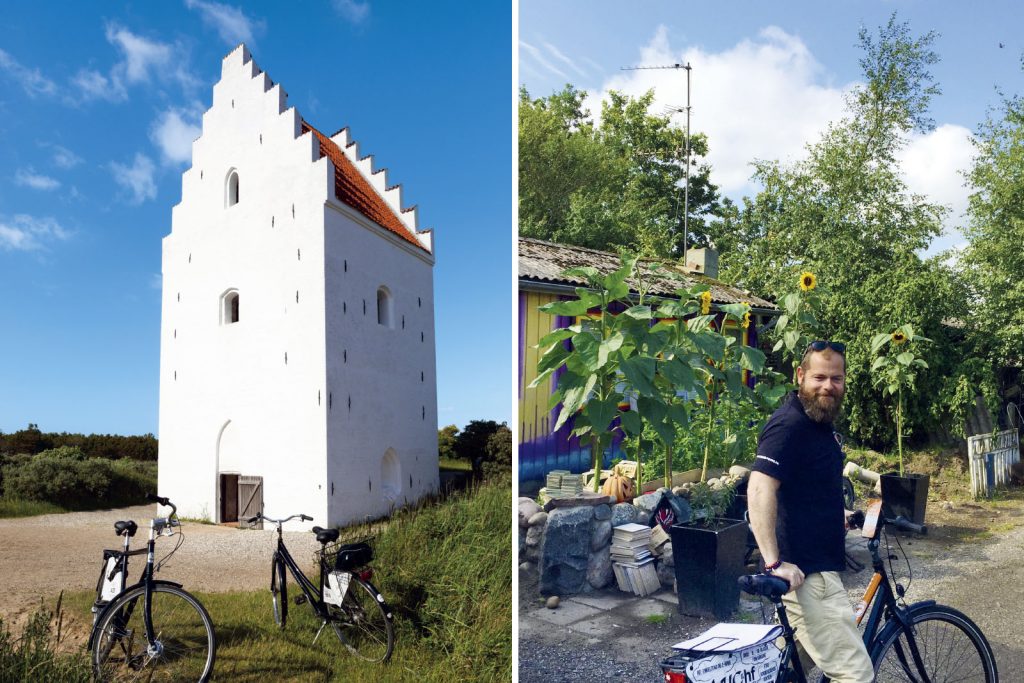
Now there’s another reason to come: Lego House, a new experience right in the heart of this unassuming provincial town, designed to celebrate the creativity and craziness engendered by the brand which moved from selling wooden toys to plastic building bricks in the late 1940s.
It’s about the least likely place for a global brand to be. But then you look at the expanses of fields and farms and think about those long winters with the wind and rain sheeting off the North Sea. It would make you dream of brightly coloured cities – and then want to turn those dreams into playroom reality with small bricks of thermoplastic polymer.
But when you live in the northern flatlands, you also pine for the beach. Scandinavians flock in their millions to southern Spain, the Caribbean and southeast Asia; but Danes are steadfastly loyal to their own slice of coastal heaven: north Jutland.
If I had to choose anywhere in the world to spend my last summer’s day, it’d be Scandinavia. The west coast of Sweden, north of Gothenburg; or the enchanted islands and lakes beyond Porvoo in Finland. There’s a relaxed, unhurried joyousness you only get when a fundamentally serious people who have been kept inside for months get to bask on rocks, mess around in boats and have jolly family parties and picnics in the eternal sunlight.
But after this trip, Jutland might trump the others.

I drove beyond Aalborg – a once grim industrial town that’s now been handed lock, stock and barrel over to students, small entrepreneurs, foodies and market gardeners. Spend a day there before following the peculiarly Danish pilgrimage to the far north, and Skagen.
I love the extreme tips of places, where the land narrows and the coasts come within pebble-throwing distance of each other. For Danes, that place isn’t Skagen (though it’s very close), but Grenen.
I walked along huge stretches of beach. The 12-year-old me would’ve whinged at the gunmetal sea and charcoal grey clouds eclipsing the sun. Adult me, fresh (or not-so-fresh) from a sticky Hong Kong summer, gratefully gulped the salty air and revelled in the swish of a moisture-laden breeze on Gore-Tex.
Then I slipped off my trainers and stood with one foot in the Kattegat and the other in the Skagerrak.
Those wonderful Tolkien-ish names belong, respectively, to the two bodies of water between the Baltic and the North Seas. You’re divided between the two great northern bodies of water churning and embracing while seal mothers bob in the water, keeping an eye on their beached pups. Maybe Grenen will make your list of 100 places to visit before you die, maybe it won’t. But it’s a poetic spot (and Holger Drachmann, one of Denmark’s greatest poets, is buried there) – indubitably Scandinavian and 100 per cent free to visit.
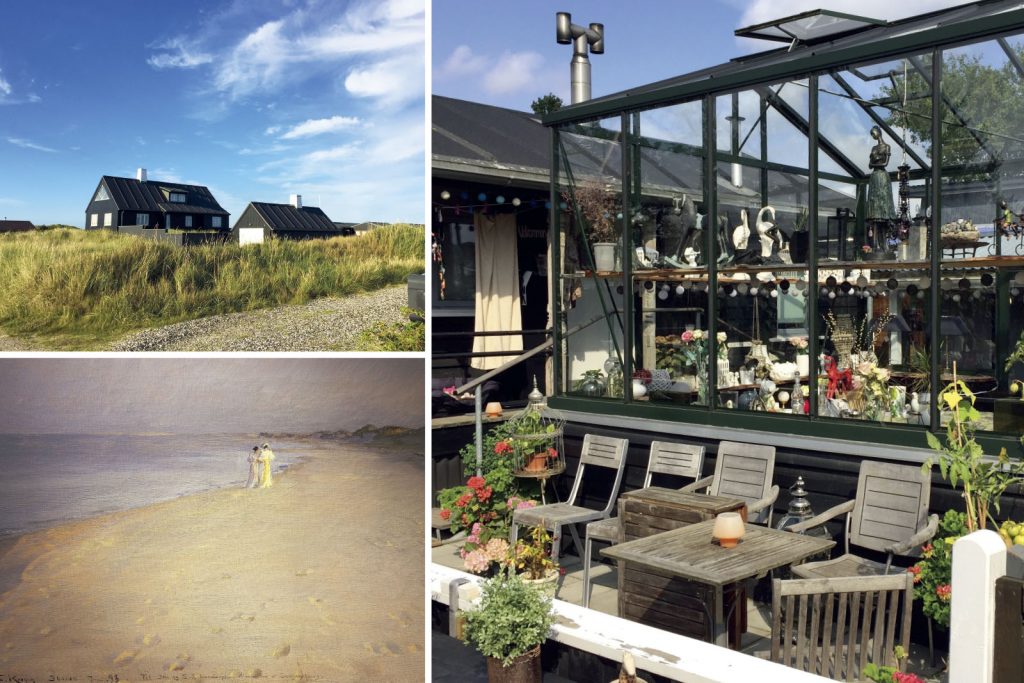
Skagen made its name in the 19th century as a retreat for the affluent and as an inspiration for the school of painters who, influenced by the Impressionists’ theories of light and practice of working outdoors, took their name from the town. Their legacy is streets of handsome art deco-influenced buildings, a fine hotel (Brøndums) and two of the best small museums anywhere: the Skagens Museum and Anchers Hus, the home of two great alumni – painters Michael Ancher and his wife Anna (née Brøndum).
But it’s sand – not mortar, bricks or watercolours – you come for. So you head down the Skagerrak coast to the picture-book village of Lønstrup. Here, beyond the fields and churches, is one of Europe’s most majestic and dizzying dune systems. So relentless is the windblown sand that it took no time at all – a matter of decades – for the dunes to half-bury the fine Rubjerg Knude lighthouse they built in 1900. You take an exhilarating, if exhausting, walk, ankle-deep in fine sand through a landscape that looks like it belongs in some sci-fi adventure game. Below the lighthouse you gaze over cliffs and bays stretching as far as the eye can see as a sun-soaked wind immerses your body and soul in the essence of pure north. If only you could bottle it. A gulp a day and you’d feel as if you could live forever.



